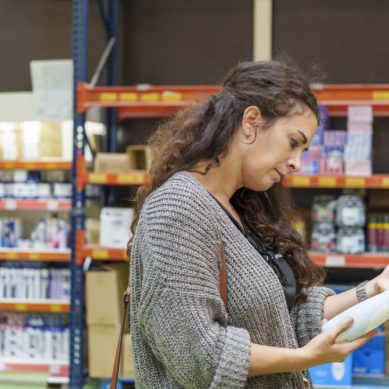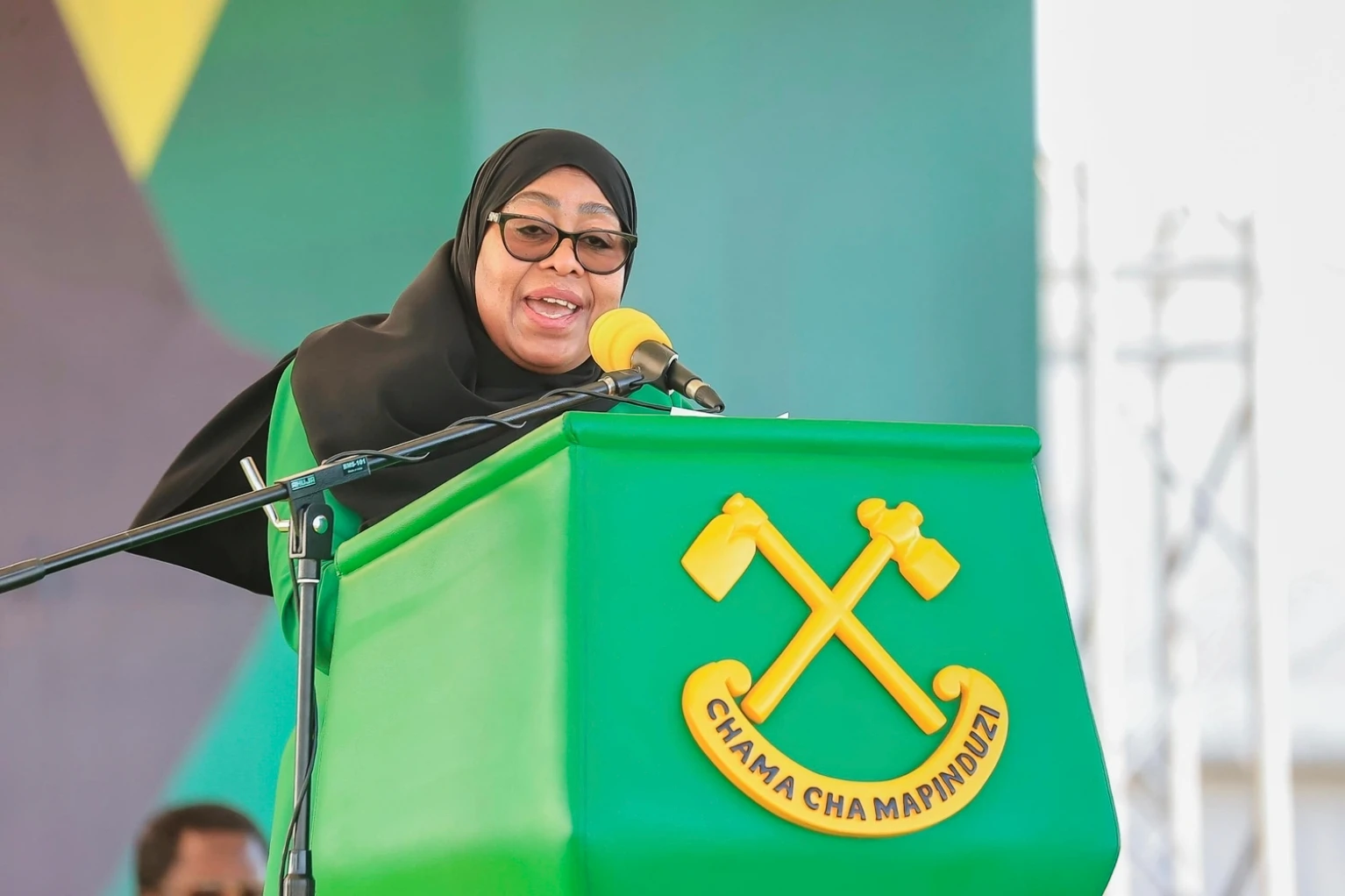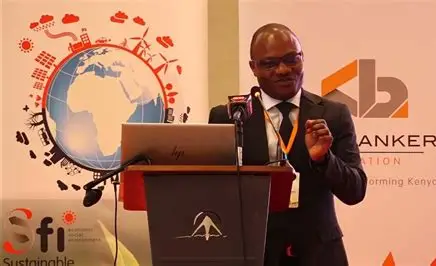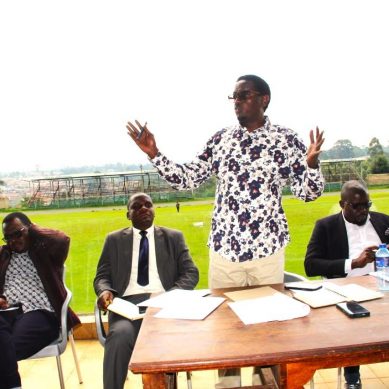
Kenya’s quest for consistent fish production and supply is increasingly attracting foreign interest, with the Norwegian government being the latest to invest Ksh69.8 million in aquaculture in Vihiga County in western Kenya.
The blue economy has been embraced as a critical component of the government of Kenya’s long term plan for food security and nutritional needs in a country that is still vulnerable dramatic weather swing and at times is forced to import proteins to meet nutritional and dietary requirements.
The Ksh69.8 million Norwegian grant was channelled through the Norwegian Agency for Development Cooperation (NORAD) on Tuesday (January 28, 2024) at Vihiga County headquarters. On hand to witness the event was Secretary for Mining, Blue Economy and Maritime Affairs Hassan Ali Joho, who signed a memorandum of understanding with the Vihiga County government promote fish production in the region. Joho said aquaculture is a critical frontier in Kenya’s quest for food self-sufficiency and healthy living.
Kenya’s fish demand rose to 700,000 tonnes against a production of 120,000 in 2023, according to the latest data provided by the Kenya Marine and Fisheries Research Institute (Kefri). To bridge the deficit the government is aggressively promoting the fish farming as an economic and food security alternative in parts of the country where consumption is traditionally low.
“Many youths and women will benefit from fish farming by first being self-employed and by employing other people to help them eke out a living, thus improving our economy,” Joho said.
The minister wants more people to venture into fish farming as a business, saying it will contribute to food security since residents will have enough to consume and sell the surplus. He told the farmers to tap into the global demand in aquaculture sector by exporting fish to countries like Democratic Republic of the Congo that has a high demand for Kenyan tilapia.
Kenya’s fish exports to DRC in 2023 was estimated to $188.72 million, according to the United Nations COMTRADE database on international trade.
CS Joho asked fish farmers to look for means of producing fish-feeds locally to cut down on the cost of buying feeds and improve fish production.
Vihiga Governor Wilber Ottichilo said the county still needed resources to invest in agriculture to produce food for the rapidly expanding population and also create employment. Dr Ottichilo told Joho and the NORAD delegation that local fish farmers had the capacity to absorb the funds and asked to be considered for more in future as they have a high potential for aquaculture.
The regional government already had a fish hatchery and an aquaculture training centre at Mwitokho, which the governor said would benefit farmers and residents. According to the governor 3,000 youths in in the county are involved in agribusiness and 175 youths have invested in aquaculture. At least 450 fish farmers had already been selected to benefit from the grant.
- A Tell / KNA report / By Maureen Imbayi








